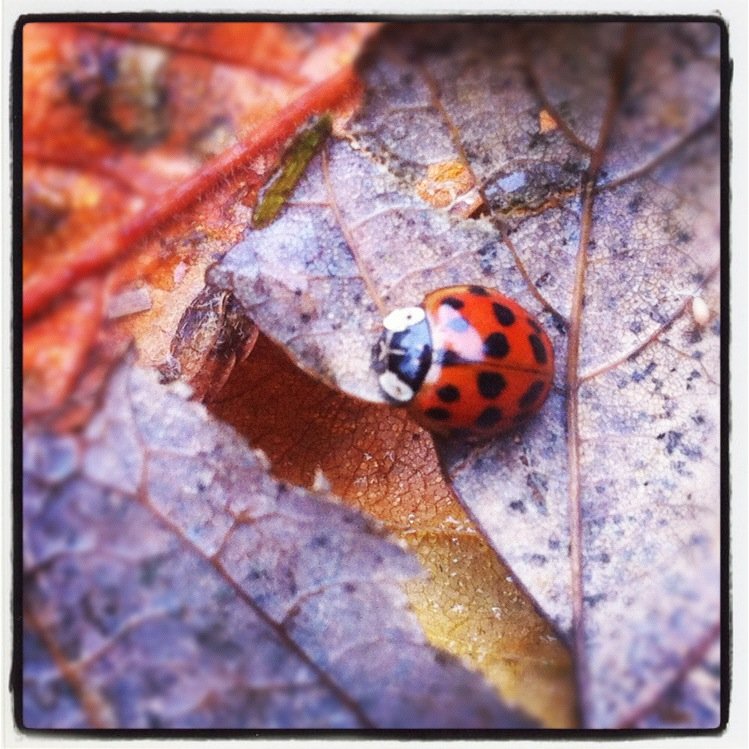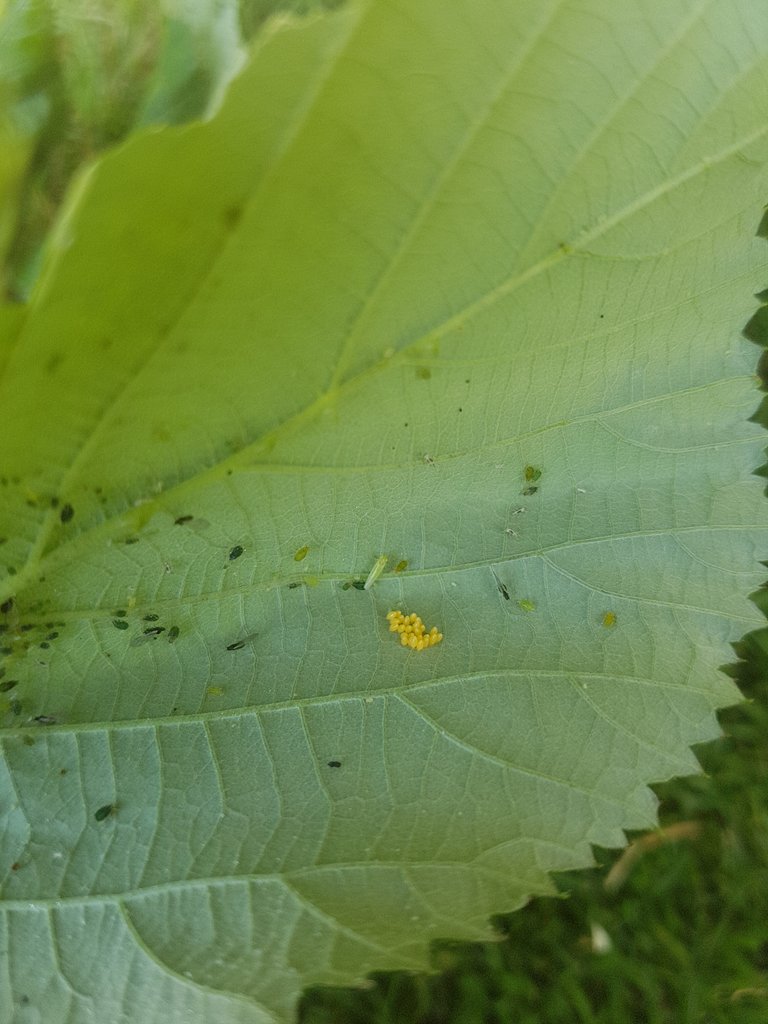One of the world's most iconic garden bugs has got to be the Ladybird. She's a shiny, polka-dotted gem of a creature who - and this has to be her greatest asset...EATS APHIDS In the UK, we've currently got an onslaught of asian ladybirds too, known as Harlequins. Whilst they are a threat to our native species because they compete for the same food and will, when food is short, actually prey on the larvae of our own British ladybirds, if I see any ladybird I'm simply happy they might be chomping their way through those horrible sap-sucking greenfly.

Recognising the babies
Whilst the adult ladybird is pretty easily distinguished, it's important to know what the larvae looks like so you don't inadvertently kill it. Like many species, little ladybirds looking nothing like their elders. In fact, you might even think they look like little aphids!



Protect them!
I always think it's important to know what all lifecycle stages of animals look like, especially those that help us in the garden! I had actually pruned this piece of bramble off the main plant and it was only when I went to chop it up that I discovered the eggs and larvae. So instead of composting, I've laid it in the back of a border. The chopped foliage will shrivel and die but it'll give the ladybirds a chance to eat the aphids and then move on to new food sources...hopefully in MY garden instead of heading to the neighbours.
Thanks for reading,
Geoff

Love ladybirds not really seen any in ages. Remember the invasion of 86 though haha hundreds then. To many pesticides these days 💯🐒
We have them all over! During certain times of the year our windows are just covered in them! But we're so happy to have them!
Insects seem to go in cycles, this year it's ladybirds everywhere. Pleased to see them, they were very common when I was young, not so much recently. Thank you for showing the lifecycle, I have seen lots of chrysalises(?) without realising what they were.
Nice! I had no idea what the larva or babies looked like so thank you for sharing. I hope they take up residence in your hard too. -Aimee
Congratulations @brimwoodfarm! You have received a personal award!
Click on the badge to view your Board of Honor.